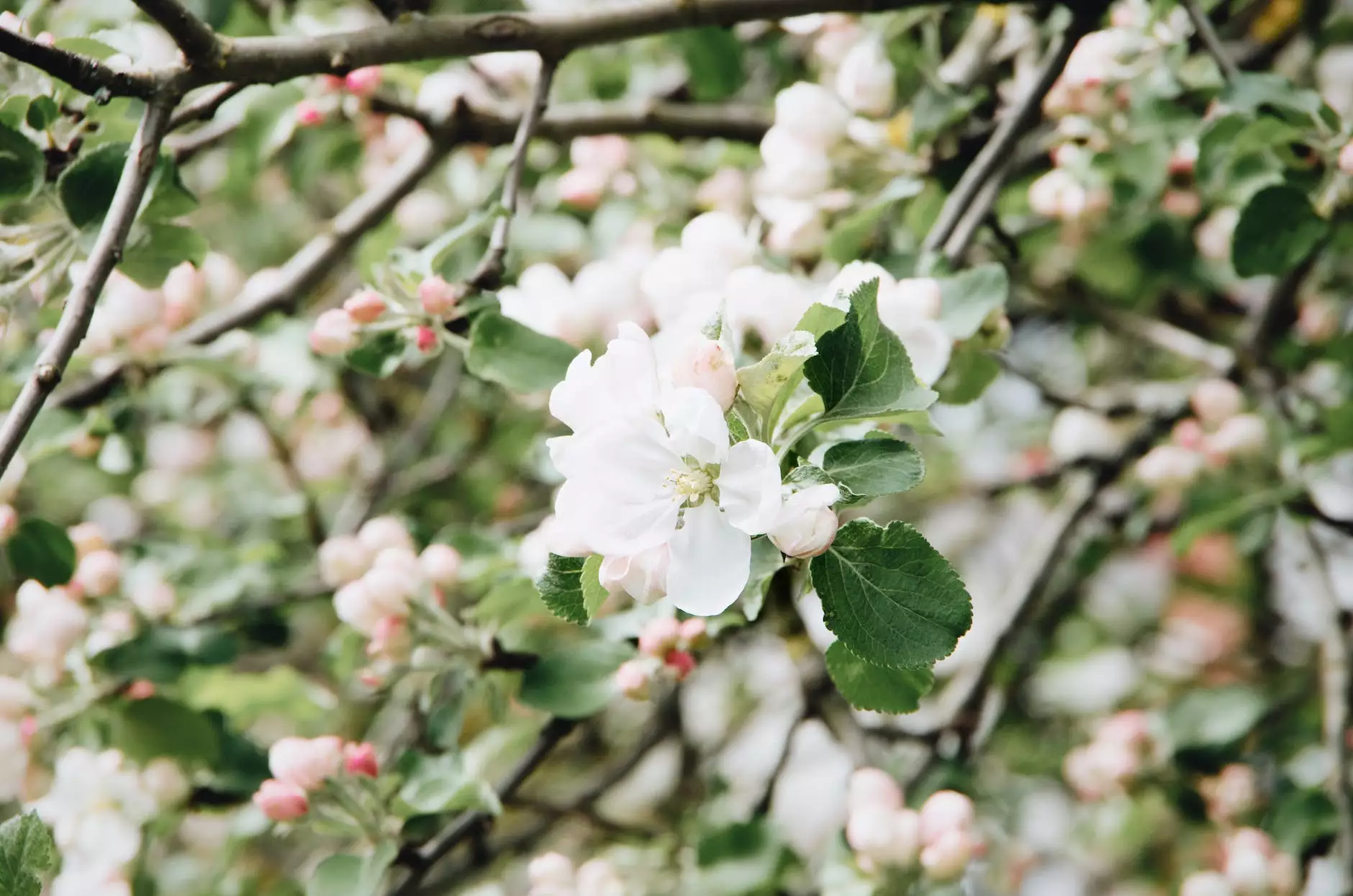DROUGHT TOLERANT EDIBLE PLANTS
Articles
Introduction
Welcome to Buena Park Tree Service Pros, where we aim to help you create a thriving garden even in drought-prone areas. In this article, we will explore the world of drought-tolerant edible plants, providing you with a comprehensive list of options that can withstand dry conditions and still produce delicious harvests.
Benefits of Drought-Tolerant Edible Plants
When it comes to gardening in areas with limited water resources or during periods of drought, choosing drought-tolerant edible plants offers numerous benefits. These plants have adapted to survive in dry conditions and require less water compared to their counterparts. By incorporating drought-tolerant edible plants into your garden, you can:
- Conserve water by reducing the need for frequent watering
- Save money on water bills
- Create an environmentally-friendly garden
- Enjoy fresh, homegrown produce even in challenging climates
Popular Drought-Tolerant Edible Plants
Succulents
Succulents are known for their ability to store water in their leaves and stems, making them an excellent choice for drier regions. Some edible succulents you can consider planting in your garden include:
- Aloe Vera: A versatile succulent with various culinary uses. Its gel is commonly used in skincare products and its leaves can be used to treat minor burns.
- Prickly Pear Cactus: The pads (nopales) and fruits (tunas) of this cactus are edible and widely used in Mexican cuisine.
- Purslane: This succulent has succulent leaves that are rich in omega-3 fatty acids and can be used as a nutritious addition to salads.
Herbs
Herbs are known for their aromatic flavors and versatility in cooking. Here are some herbs that are drought-tolerant and can thrive in dry conditions:
- Lavender: A fragrant herb often used in teas, desserts, and as a garnish. It can tolerate dry soils and adds a delightful touch to any garden.
- Thyme: This versatile herb is drought-tolerant and perfect for seasoning various dishes, including roasted vegetables and grilled meats.
- Rosemary: Known for its robust flavor, rosemary is a hardy herb that can survive with minimal water. It pairs well with roasted potatoes, lamb, and more.
Fruit Trees
Planting fruit trees that are well-suited to dry conditions can provide you with a bountiful harvest even during periods of limited rainfall. Consider these drought-tolerant fruit trees:
- Olive Trees: Olive trees are highly drought-tolerant and can produce olives for culinary use or oil production.
- Pomegranate Trees: Pomegranate trees can thrive in arid climates and offer delicious, antioxidant-rich fruits.
- Fig Trees: Known for their sweet, succulent fruit, fig trees can survive in dry conditions and are relatively low-maintenance.
Tips for Growing Drought-Tolerant Edible Plants
Growing drought-tolerant edible plants requires some special care and attention. Here are a few tips to help you establish a successful garden:
- Choose the right location: Ensure your plants receive adequate sunlight and are planted in well-draining soil.
- Water deeply and less frequently: Instead of frequent shallow watering, water your plants deeply but less frequently to encourage deep root growth.
- Mulch: Apply a layer of mulch around your plants to help retain moisture in the soil and reduce weed growth.
- Companion planting: Consider companion planting techniques to maximize water efficiency and improve plant health. For example, planting legumes next to other plants can help fix nitrogen in the soil.
- Harvest regularly: To encourage continuous growth, harvest your plants regularly and do not let them go to seed.
Conclusion
By incorporating drought-tolerant edible plants into your garden, you can create a sustainable, water-efficient oasis that rewards you with fresh and flavorful produce. Buena Park Tree Service Pros is dedicated to helping you make informed choices for your garden, and we hope this guide has provided you with valuable insights on the diverse range of drought-tolerant edible plants available.




